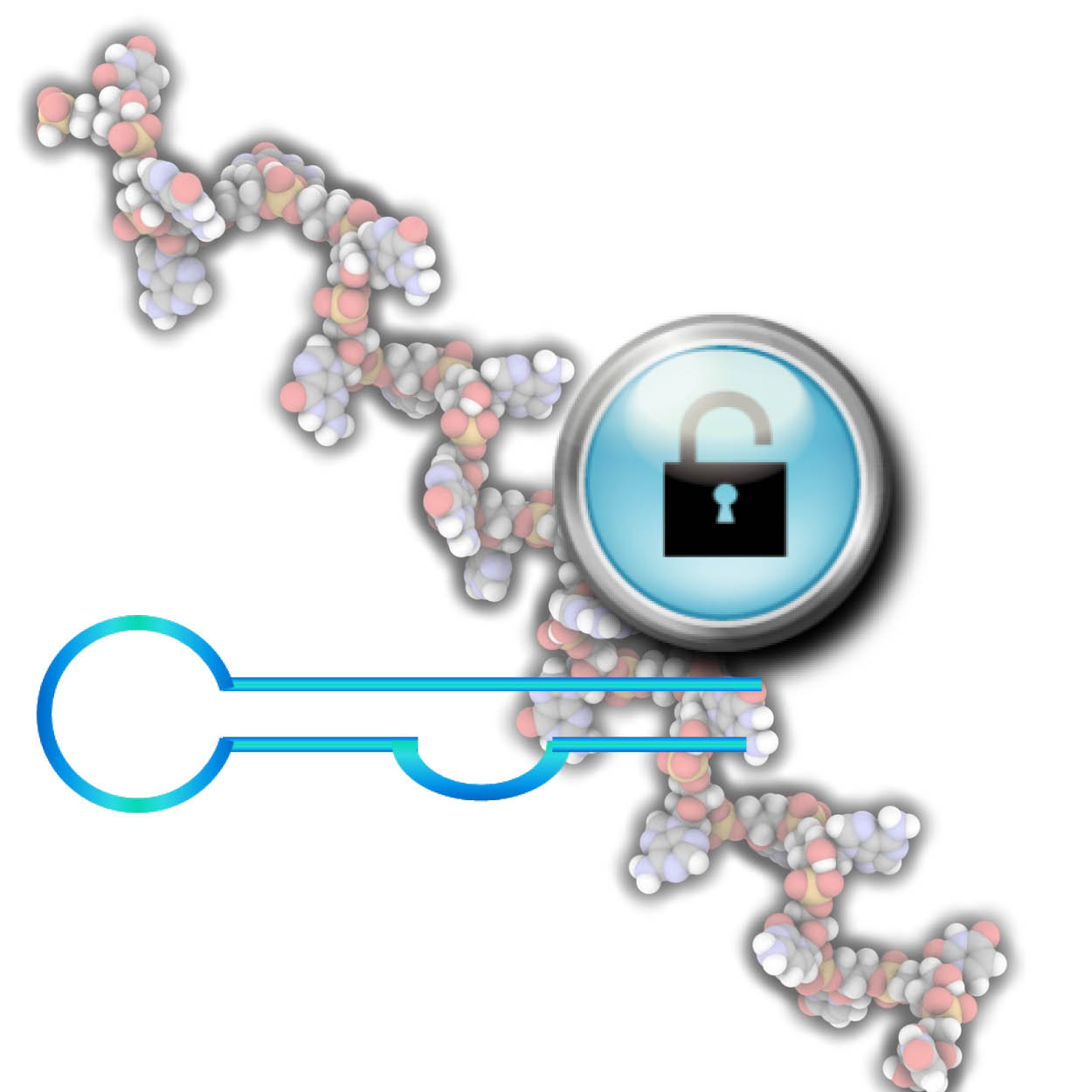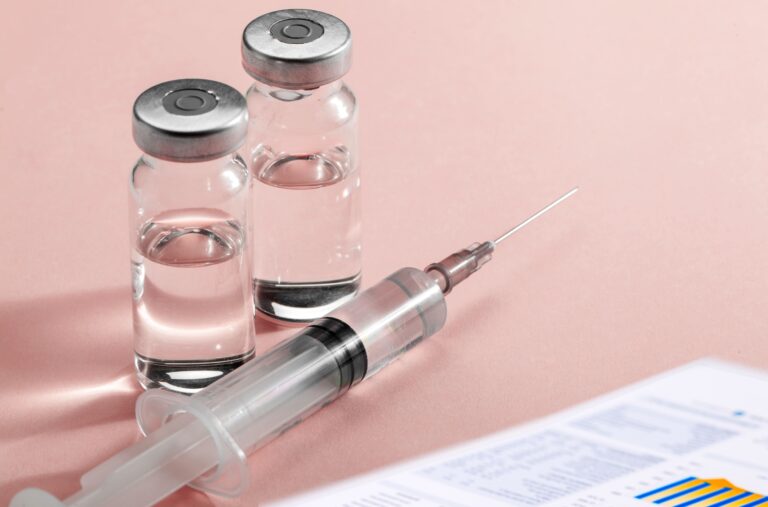The cGAS-cGAMP-STING cell signalling pathway plays a critical role in antiviral and antitumor immunity as well as mediating autoimmune responses. Dysregulation or aberrant activation of the pathway by self-DNA has emerged as an underlying cause of tumorigenesis and autoimmune disorders. As the critical role of cyclic dinucleotides in pathophysiology continues to emerge, new tools to study these signaling pathways are being developed. This post introduces the latest ELISA released on the market.

Cyclic dinucleotides are the most abundant second messengers in bacteria, modulating a variety of cellular activities in prokaryotic cells. In mammalian cells, 3’3’-cGAMP and its eukaryotic analog 2’3’-cGAMP produced by cGAS, bind STING (stimulator of IFN genes) and subsequently induce TBK1-IRF3-dependent production of IFN-β. Here, the cGAS-cGAMP-STING DNA sensing pathway is a key activator of the innate immune response to foreign or harmful native DNA.

Arbor Assays, distributed by tebu-bio in Europe, developed the first immunoassay for measuring 2’3’-cGAMP (K067-H1/H5, H1D) in model systems of STING activation. A recent study by Volkman et.al. cites the use of this 2’3’-cGAMP ELISA to analyze nuclear cGAS binding motifs. The newest assay, 3′,3′-Cyclic GAMP ELISA (K073-H1/H5), accurately quantifies 3’3’-cGAMP in bacterial or eukaryotic cell lysates using a simple and convenient ELISA format. These innovative and valuable tools will facilitate further understanding of the role cyclic dinucleotides play in health and disease.

If you are interested in STING pathway and more research tools around this thematic, you may be interested by my previous post on this topic.



